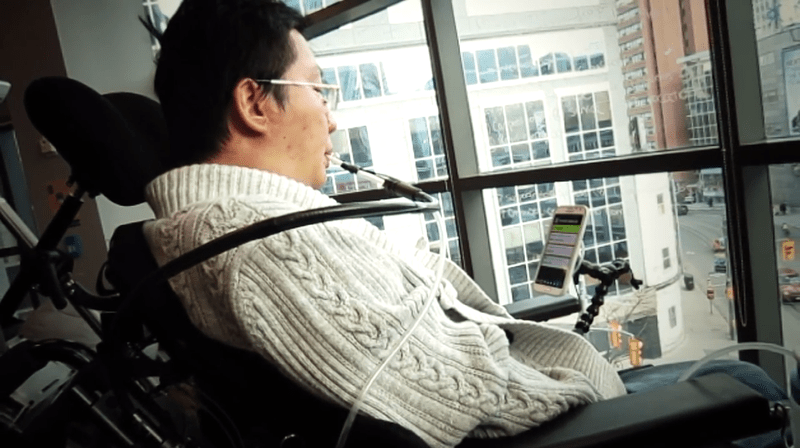Adaptive Switches and how they help people with disabilities


Adaptive switches are a type of assistive technology. They are primarily used by people with physical or cognitive impairments to operate computers and a variety of devices independently. Adaptive switches replace the need for a keyboard and mouse or other traditional methods of operation – some switches can be activated with a light touch or a specific body part like a hand, a foot, or the head.
Adaptive switch devices are a game changer for individuals with motor and/or cognitive disabilities. They can be used by people of all ages to perform a wide range of tasks, including:
Adaptive switches come in many different shapes and sizes depending on the action used to activate them. There are a variety of switch devices out there to accommodate all the possible ways to use them and to ensure everyone has equal access to technology. Some switches are directly connected to the device they control, while for others, an interface might be required to bridge the gap between a computer and the switch.
Examples of switch devices include button switches, the most common type as they can be activated with a light touch; rocker switches, activated by levers that can move back and forth; joystick switches, similar to rockers except the joystick can move in different directions; sip and puff switches, activated by blowing or sucking on a tube, usually by those with leg and arm paralysis; head switches, controlled by head movements, usually because of limited hand and/or arm mobility; and foot switches, similar to head switches except activated by pressing down with the foot.
Others can take the ability to use computers and household electronics for granted, but the quality of life for people with cognitive impairments or fine motor control limitations improves greatly by having access to these devices. Adaptive switches allow them to control their own environment, perform everyday tasks without assistance, communicate with others more easily, and increase opportunities for employment and education. Switches can empower those with disabilities and help them to live more independent and fulfilling lives.
Adaptive switch devices are a life-changing tool for people with disabilities. Contact IA Labs today for more information and advice on how to make your website or mobile app more accessible for adaptive switch users.